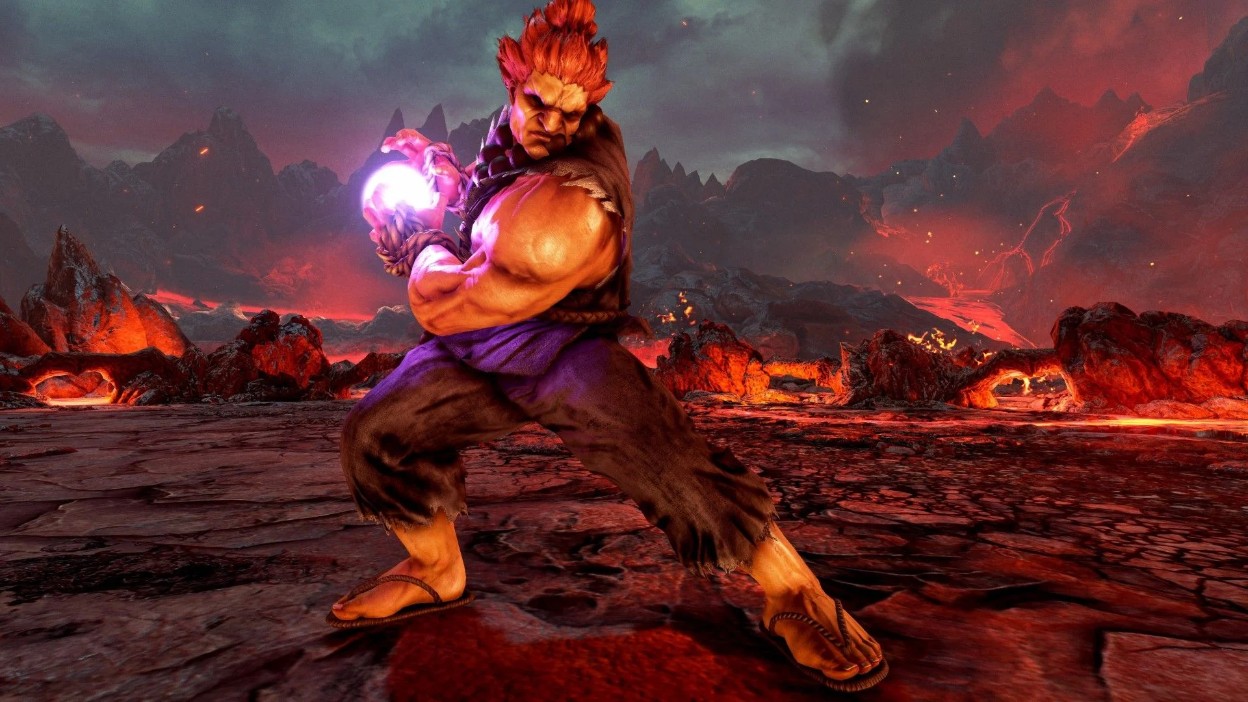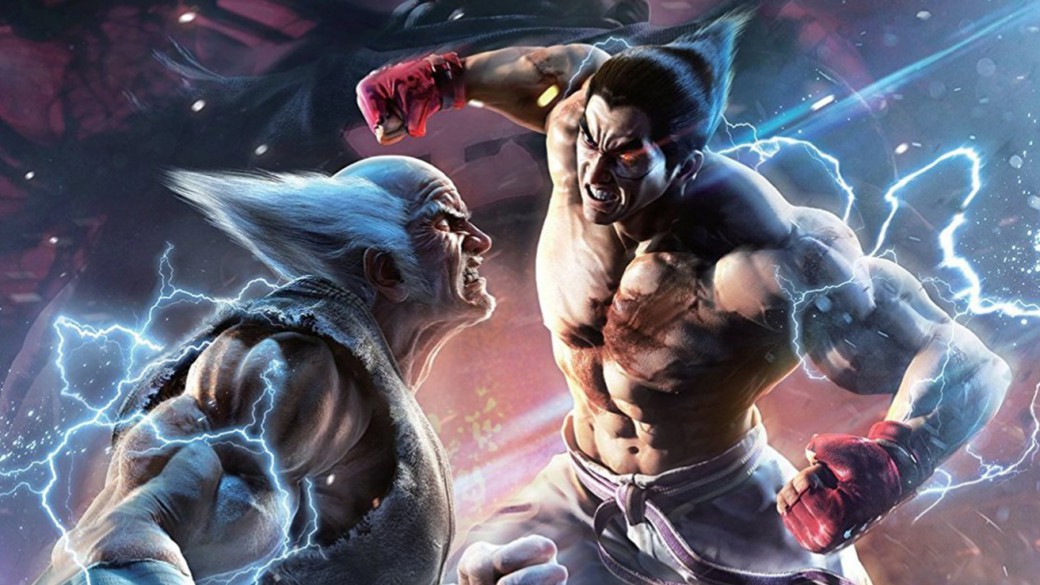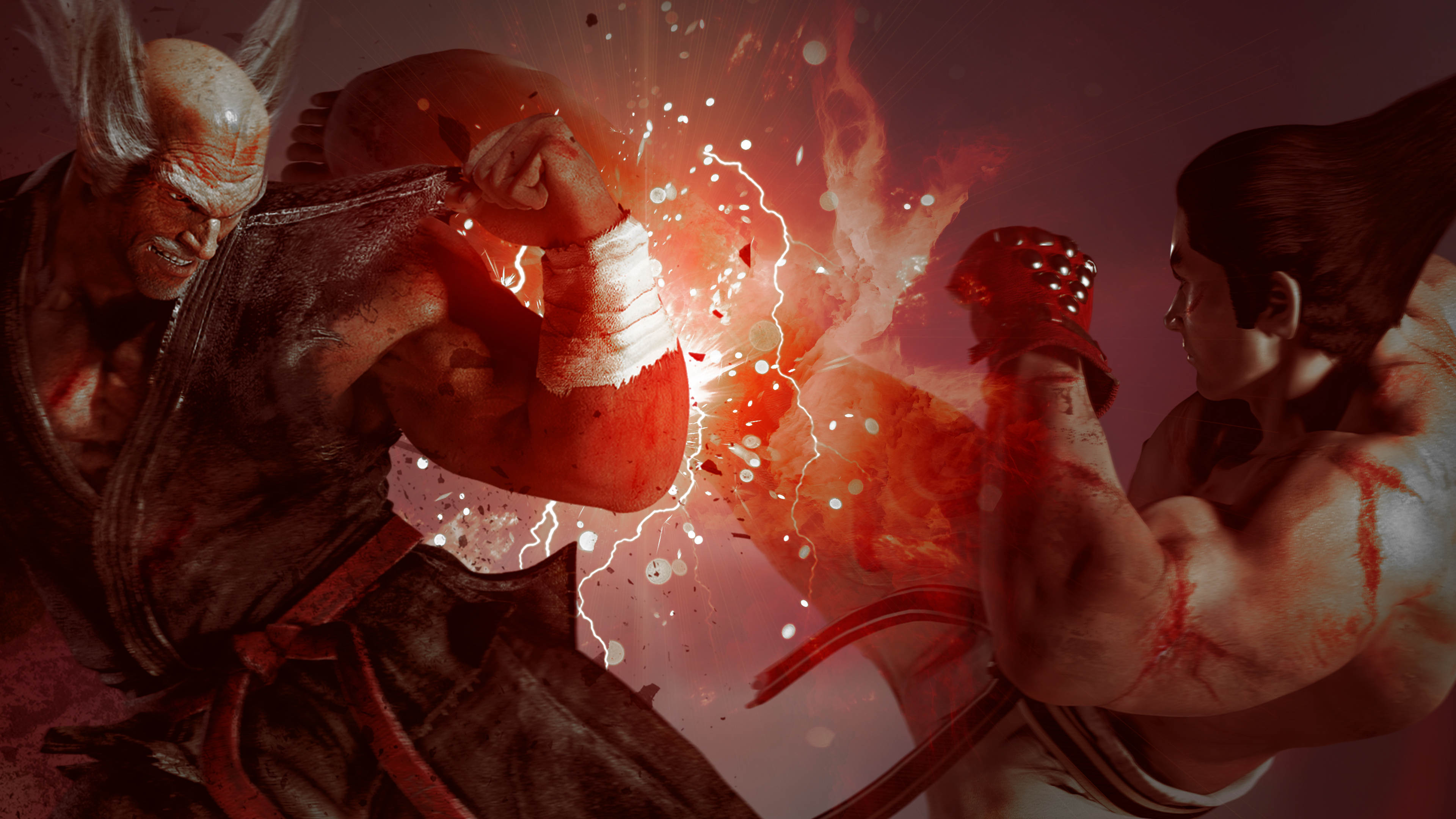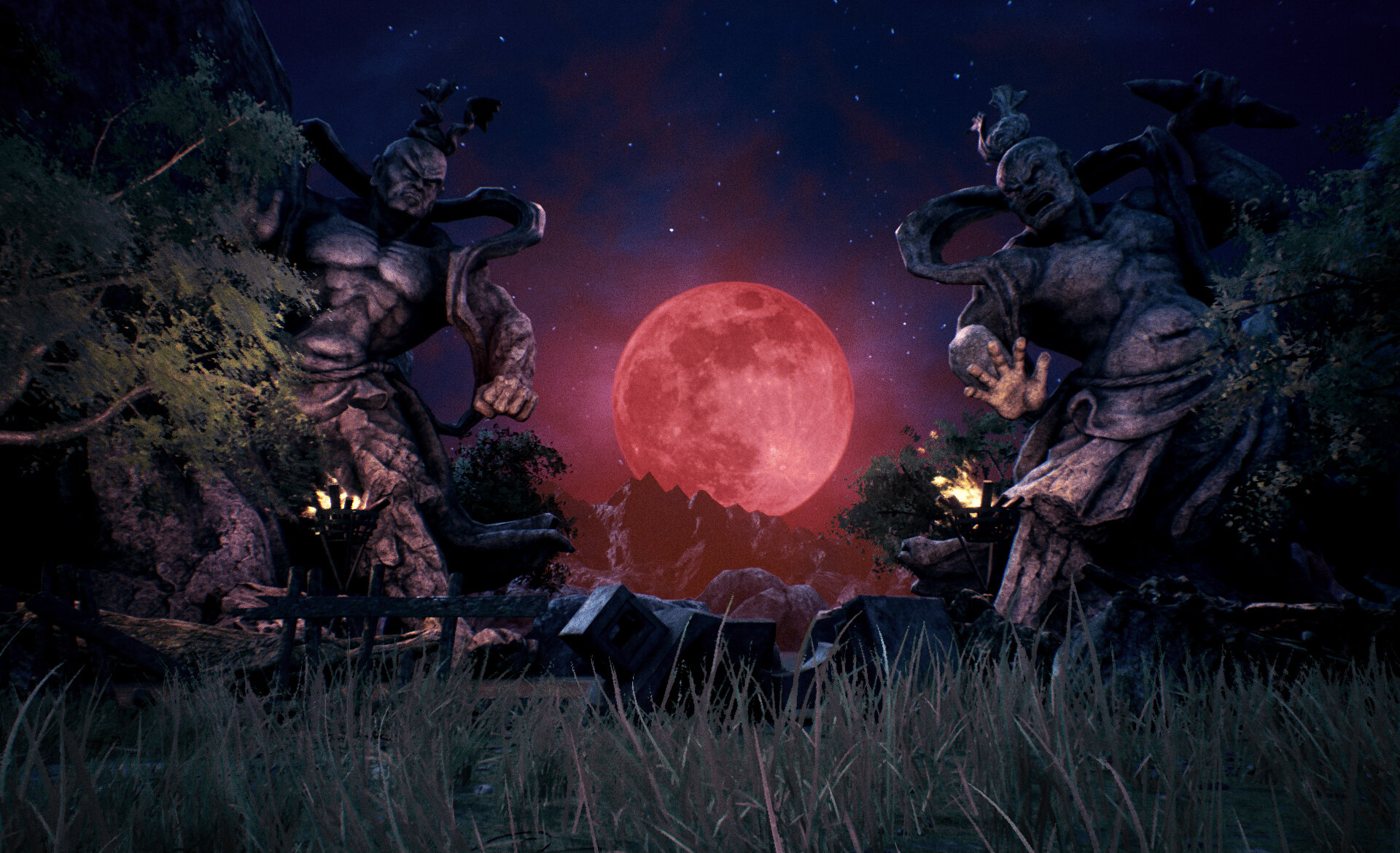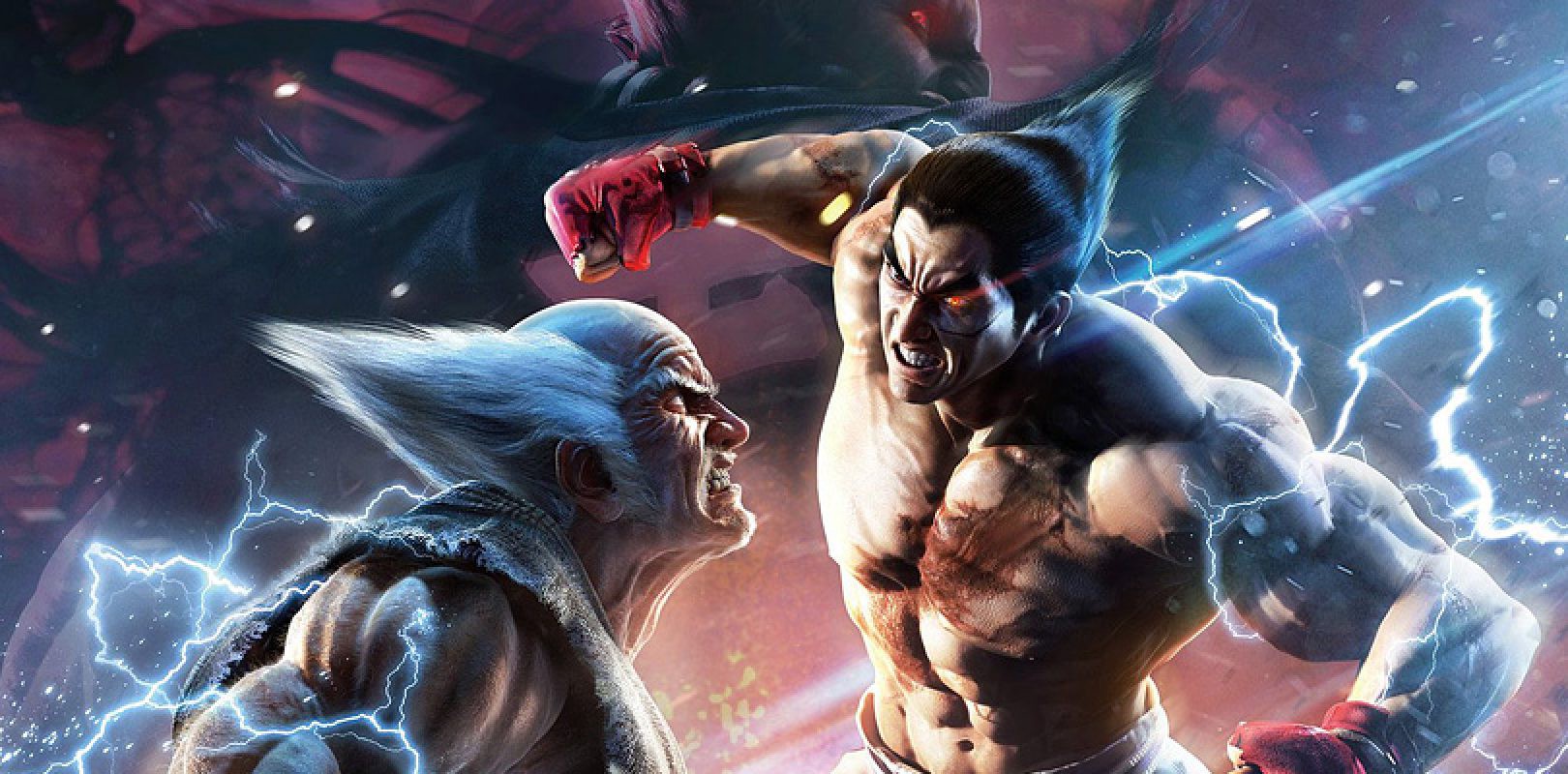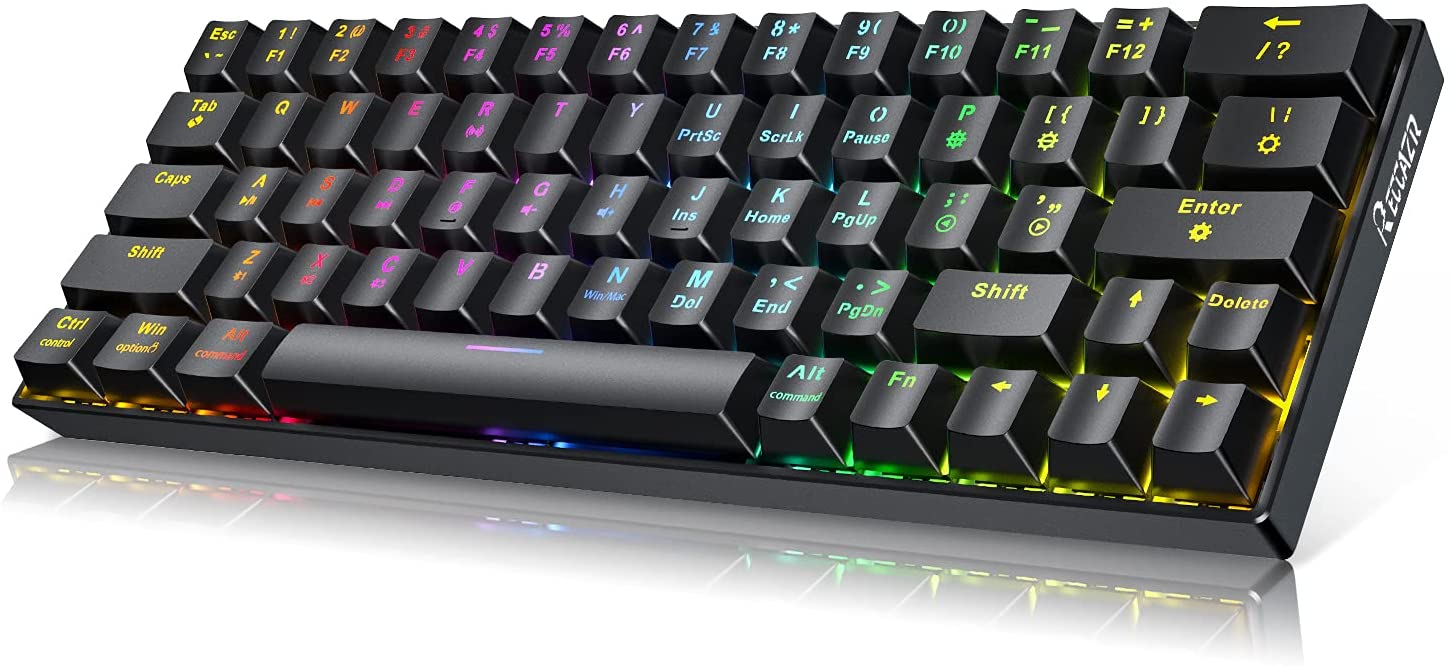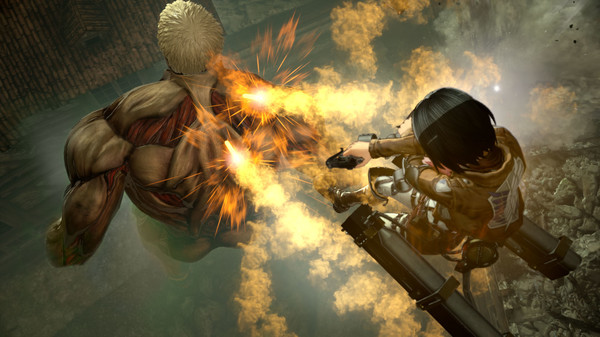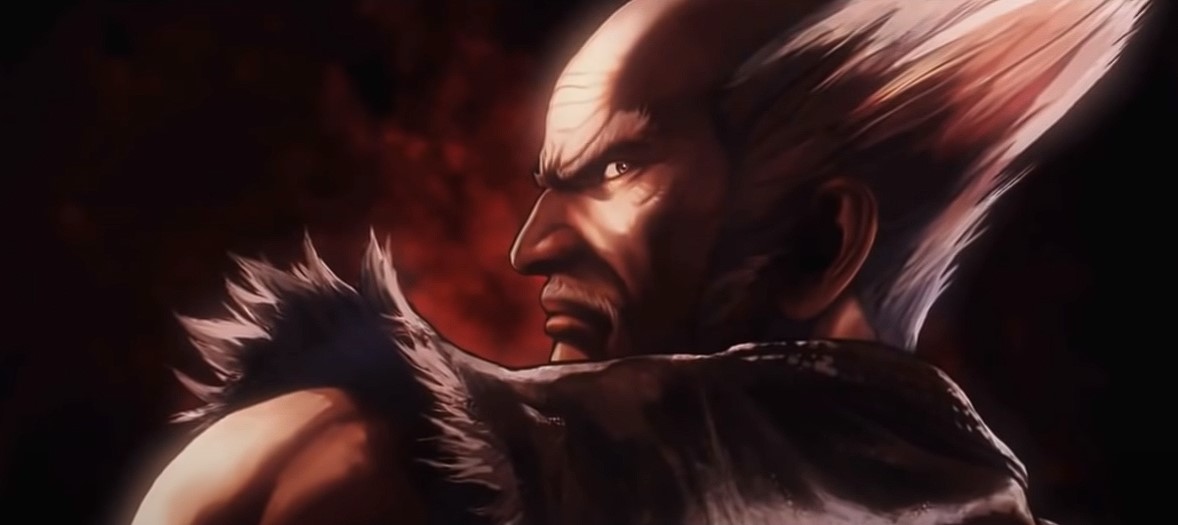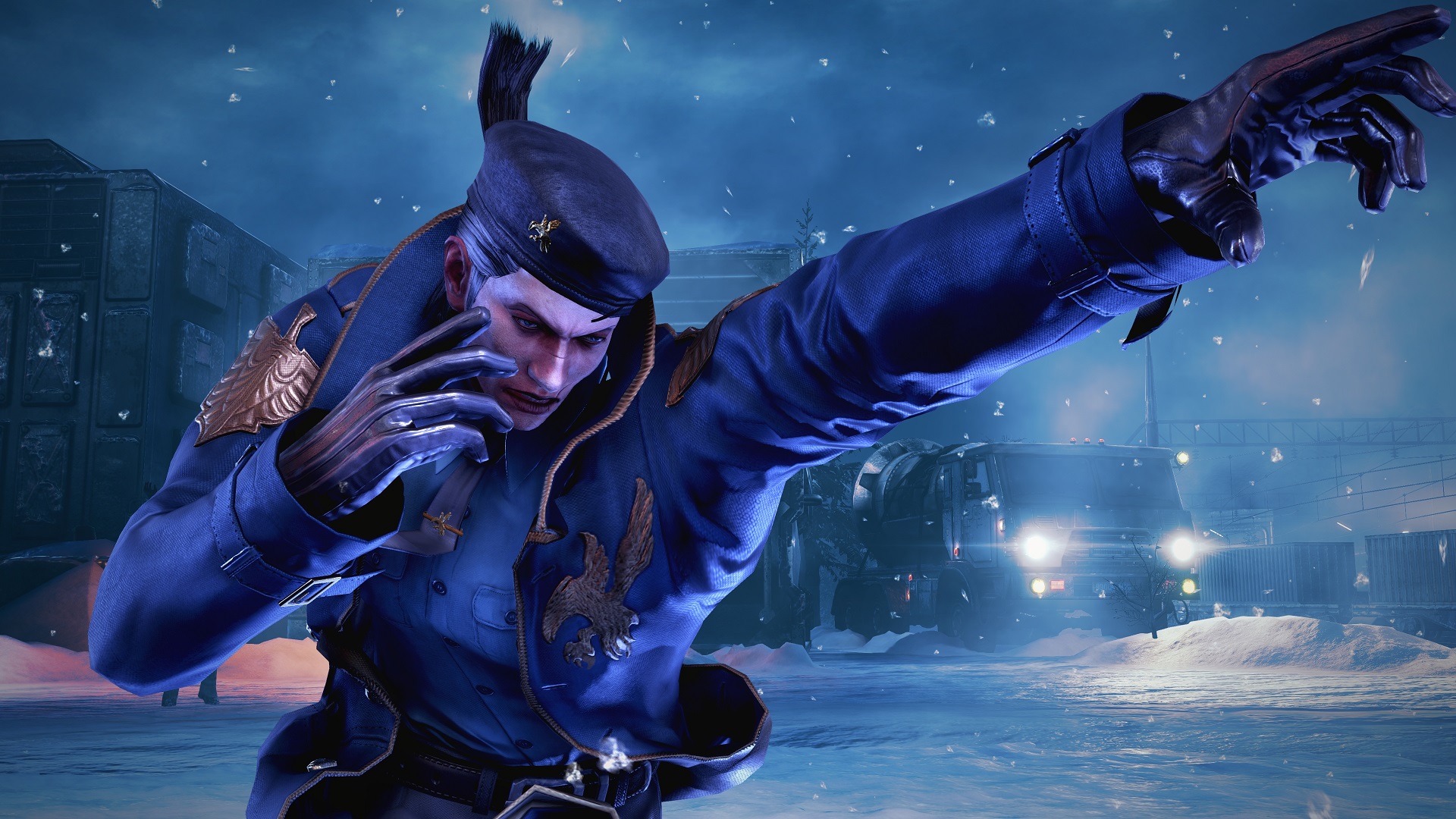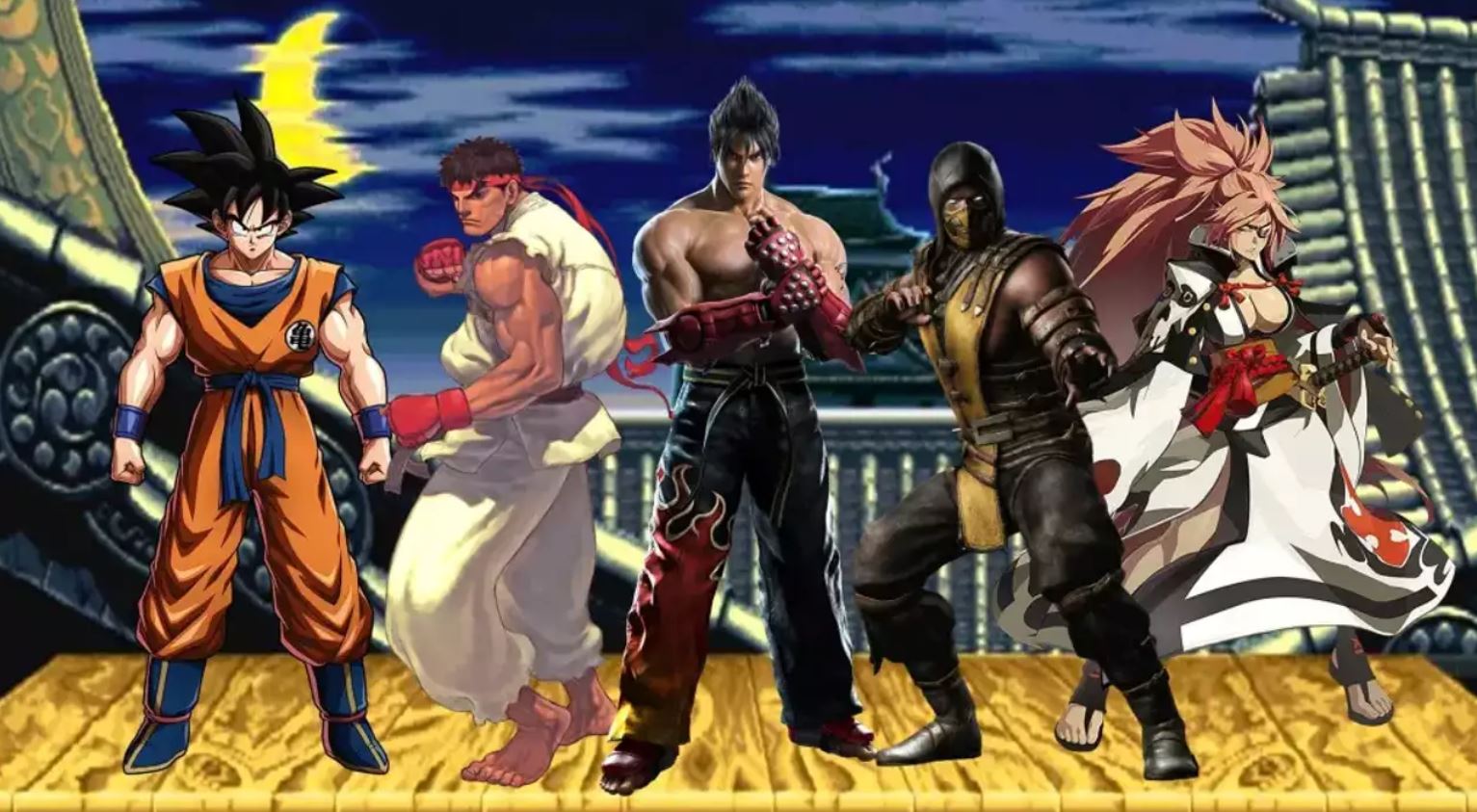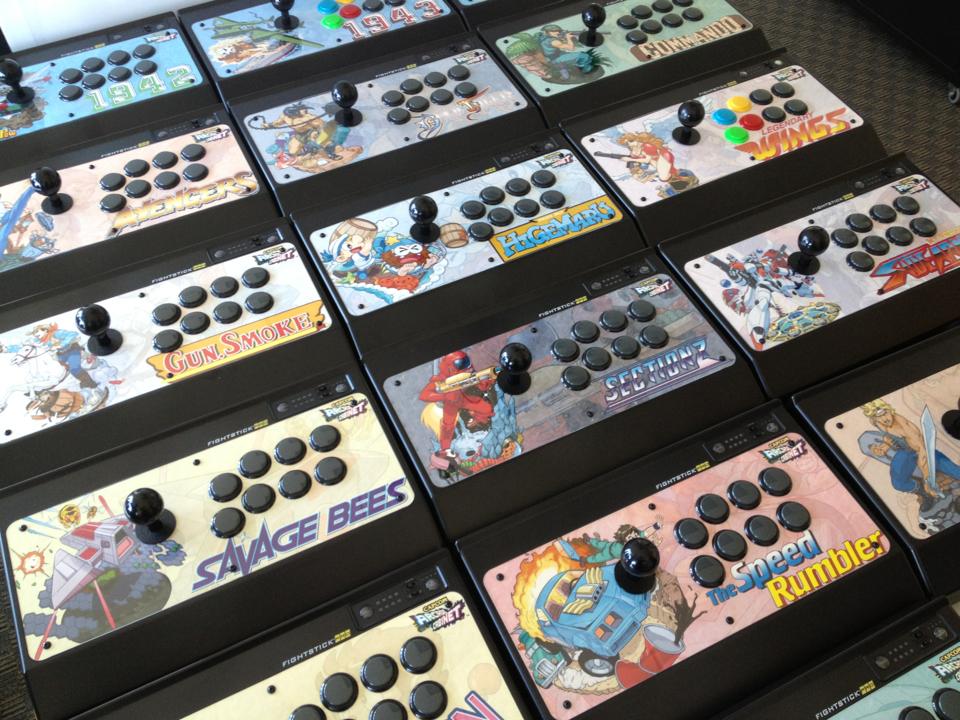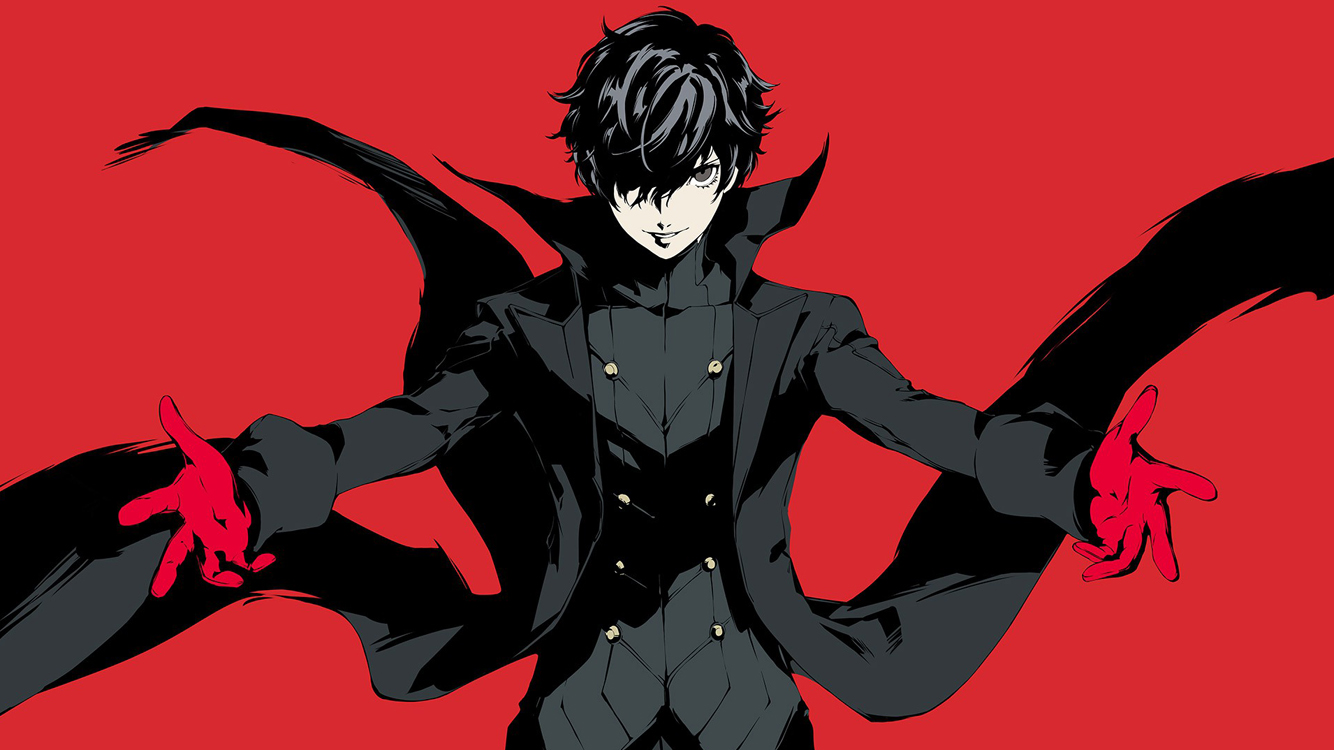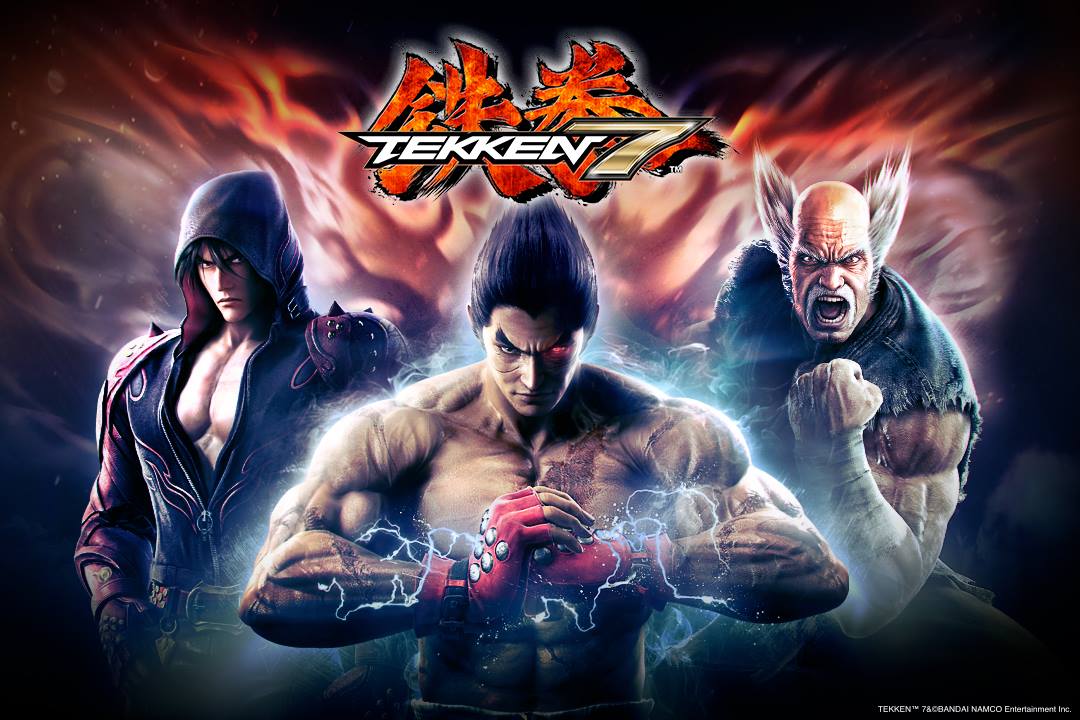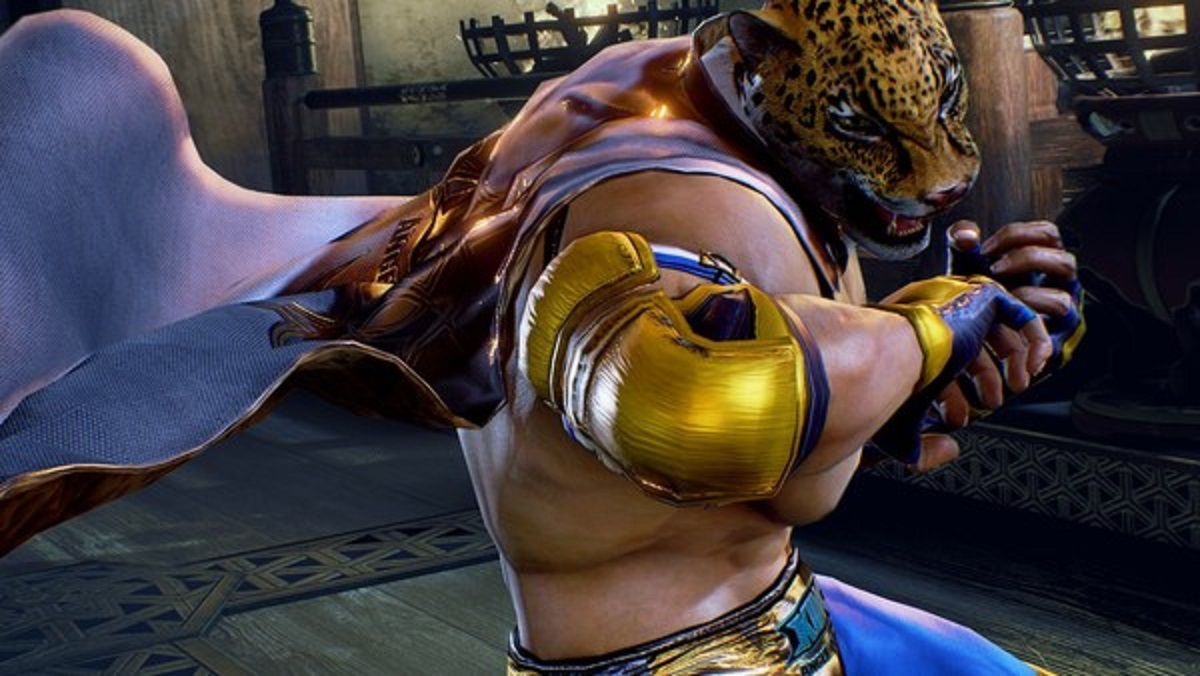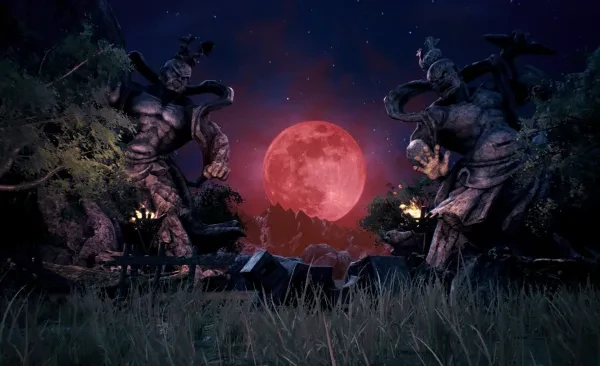
A Guide To Tekken 7 Ranks
The Tekken series’ ranking system has been a grey area for newcomers since Ghost Battle mode, where you play continuous ranked matches offline against the AI, was introduced in Tekken 5. Unless you’ve been playing for a while, no one will understand what you mean when you say you just got promoted to the Warrior rank.
By comparison, Street Fighter V has a ranking system that is much easier to follow. One starts out at “Rookie” before moving up the Bronze, Silver, Gold, Platinum and Diamond ranks, each with 3 levels: the base level, the “Super” level and the “Ultra” level. Surpassing Ultra Diamond gets you to Master, after which there are the Grand Master, Ultimate Grand Master and Warlord ranks. Each rank has a set number of “league points” a player must attain to reach it and the whole system is fairly straightforward.
On Soulcalibur VI, players work their way up from the G rank to the A rank and then the S rank, each with 5 levels (i.e. G5 to G1 and so on). The ranking system in Tekken 7 is much more convoluted and takes quite a while to get to grips with. However, we’re here to make that process (hopefully) much easier for you with our detailed guide to the ranking system in Tekken 7.
List of Tekken 7 ranks (lowest to highest)
- Beginner
- Kyu ranks (9th kyu to 1st kyu)
- Dan/Silver ranks (1st dan to 3rd dan)
- Light blue ranks (Initiate, Mentor, Expert, Grand Master)
- Green ranks (Brawler, Marauder, Fighter, Vanguard)
- Yellow ranks (Warrior, Vindicator, Juggernaut, Usurper)
- Orange ranks (Vanquisher, Destroyer, Savior, Overlord)
- Red ranks (Genbu, Byakko, Seiryu, Suzaku)
- Ruler ranks (Mighty Ruler, Revered Ruler, Divine Ruler, Eternal Ruler)
- Blue ranks (Fujin, Raijin, Yaksa, Ryujin)
- Purple ranks (Emperor, Tekken King)
- Gold ranks (Tekken God, True Tekken God)
- Tekken God Prime
Points system
Bandai Namco Entertainment have never released an official guide on the points system for the ranks in Tekken 7 and as such, with no way to track progression, players sort of had to fumble their way up the ladder and try to predict when they would get a promotion or demotion match. However, for Season 2, the Tekken Project Team introduced a progression bar that pops up at the end of a match showing you how many points you gained and how much closer you are to getting promoted or demoted.
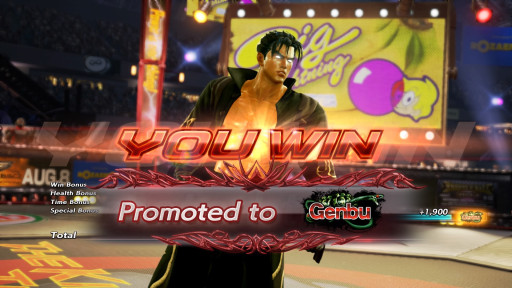
Before the Initiate rank, players only need to gain a few points to win promotions, perhaps to encourage newcomers to continue playing the game. The numbers seem to vary very slightly at different levels but from the Initiate rank onwards, this is how the points system works:
(Rank difference – Points gained for a win – Points lost for a loss)
- Same rank – 1,900 points – 1,700 points
- +/- 1 rank – 1,250 points – 1,150 points
- +/- 2 ranks – 800 points – 600 points
- +/- 3 ranks – 550 points – 350 points
- +/- More than 3 ranks – 50 points – 50 points
Another point worth noting is that due to unlimited rematches being made possible in one of the earliest patches to Tekken 7, “boosting” has been prevalent in the game’s online Ranked Match mode. This means that players can collude with friends or continue playing against weaker players in order to get promotions without the possibility of facing stronger players. The most popular criticism for this has been that unlimited rematches and the current points system (losing less points for a loss than you gain for a win) undermines the online Ranked Match experience and makes gaining promotions less rewarding.
The number of points one needs to gain for each rank has never been made clear by Bandai Namco, so we will explain the ranks from the perspective of ability levels instead to give you an idea of what to expect at each level.
Entry-level Tekken: Beginner, kyu and dan ranks
Credit for the Tekken 7 rank chart used in this article goes to Reddit user SetzarothTV.
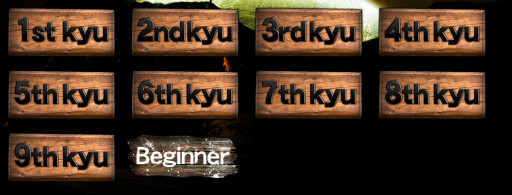
This is the starting point for everyone playing ranked matches in Tekken 7 for the first time. Players at this level are largely button-mashers who are learning the basics of the game and exploring different characters to play with.

After 1st kyu, a player will enter the silver ranks at 1st dan. These are basically an extension of the kyu ranks, but by this point a player will have typically learned the bare basics of the game, as well as some of their character’s key moves and basic combos.
At the silver ranks, players also begin to learn (or at least recognize) common set-ups for their own characters and use that knowledge to prop up their offense.
Low-level Tekken: Light blue, green and yellow ranks

The light blue ranks are where players tend to begin getting to grips with basic defensive concepts of the game such as sidestepping and whiff punishment. Players also begin to learn character match-ups in detail, finding out how to deal with commonly used moves and set-ups for a given character.

In the green ranks, players are typically still expanding their knowledge on character match-ups and beginning to make use of frame data to find out detailed properties of certain moves. This is traditionally where many players experience a plateau as they are suddenly bombarded by a wide range of strings and set-ups that they had never faced in previous ranks.

The yellow ranks are basically an extension of the green ranks; players continue to depend on the same basic tactics to win matches and expand their knowledge on frame data and character match-ups. However, the added experience allows them to recognize more gimmicks than they would have done in the green ranks.
Mid-to-high-level Tekken: Orange, red and Ruler ranks

At Vanquisher and the rest of the orange ranks, players will have begun to master advanced techniques such as back-dash cancelling, the Mishima wavedash or Akuma’s FADC (focus attack dash cancel) to take their game to the next level. However, their limited match-up and frame data knowledge will still leave them vulnerable to getting caught off-guard by unfamiliar gimmicks.

The red ranks are generally where players encounter truly formidable opponents for the first time. Players at this level (save for the “boosters”) exhibit good knowledge of a wide range of character match-ups and consistently punish when they need to. This is the first level of play at which using creative set-ups is the best way to open up and defeat the opponent, though some may still be unfamiliar with certain gimmicks.

The Ruler ranks are an extension of the red ranks, where players have gained more experience. By this point, players will have begun applying the frame data knowledge they’ve picked up in learning how different moves work in a variety of situations. Once again, creativity is key and depending on common set-ups will not work at all against these players.
Top-level Tekken: Blue, purple and gold ranks and Tekken God Prime



Players at this level are the best of the best in the game. Winning matches here now purely depends on which player is more creative and has the sharper movement and better decision-making overall. Players will also continue using their frame data knowledge to discover different uses for certain moves in different situations and coming up with set-ups on the fly during matches.
Once a player manages to get past the True Tekken God rank, they will have reached the very top of the ranked mountain: Tekken God Prime.

Also check out these articles:

